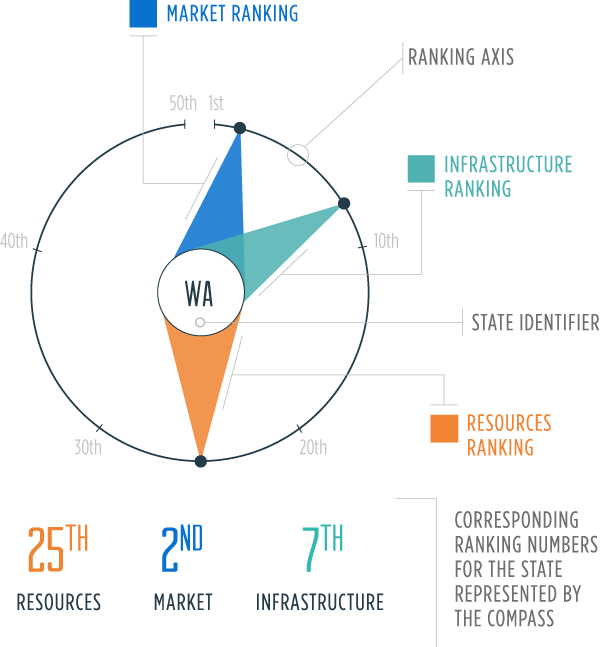Marcellus States > Ohio
Resources: A measure of total energy production and consumption per capita
Market: The cost of consumption, measured in electricity prices and gasoline taxes
Infrastructure: Capacity to generate and refine energy sources; miles of pipelines
Ohio's primary economic activity is manufacturing, and the industrial sector is the largest energy-consuming sector in the state.
Coal fuels about two-thirds of Ohio's electricity generation, and eight of the state's 10 largest power plants by capacity are coal-fired.
Because Ohio's net electricity generation does not meet state demand, Ohio imports electricity from outside of the state via the PJM Interconnection and the Midwest Independent Transmission System RTO.
Production trillion btu
Oil
Gas
Coal
Wind
Solar
Hydro
Biofuel
Nuclear
net energy Production trillion btu
Consumption trillion btu
Oil
Gas
Coal
Renewable
Nuclear
Gasoline Tax total state + federal, 2014
OH
USA
Key Policies
Requires all of the state's retail electricity providers—except municipal utilities and electric cooperatives—to obtain 25% of their retail electricity sales from alternative energy resources by the end of 2026.
The EPA requires the use of reformulated gasoline in the summer months in the counties surrounding Cincinnati and Dayton.
Requires permits and surety bonds for oil and gas well drilling. Permit fees begin at $500, and surety bonds begin at $5,000 a well.
Electricity net production, trillion btu
OH
USA

